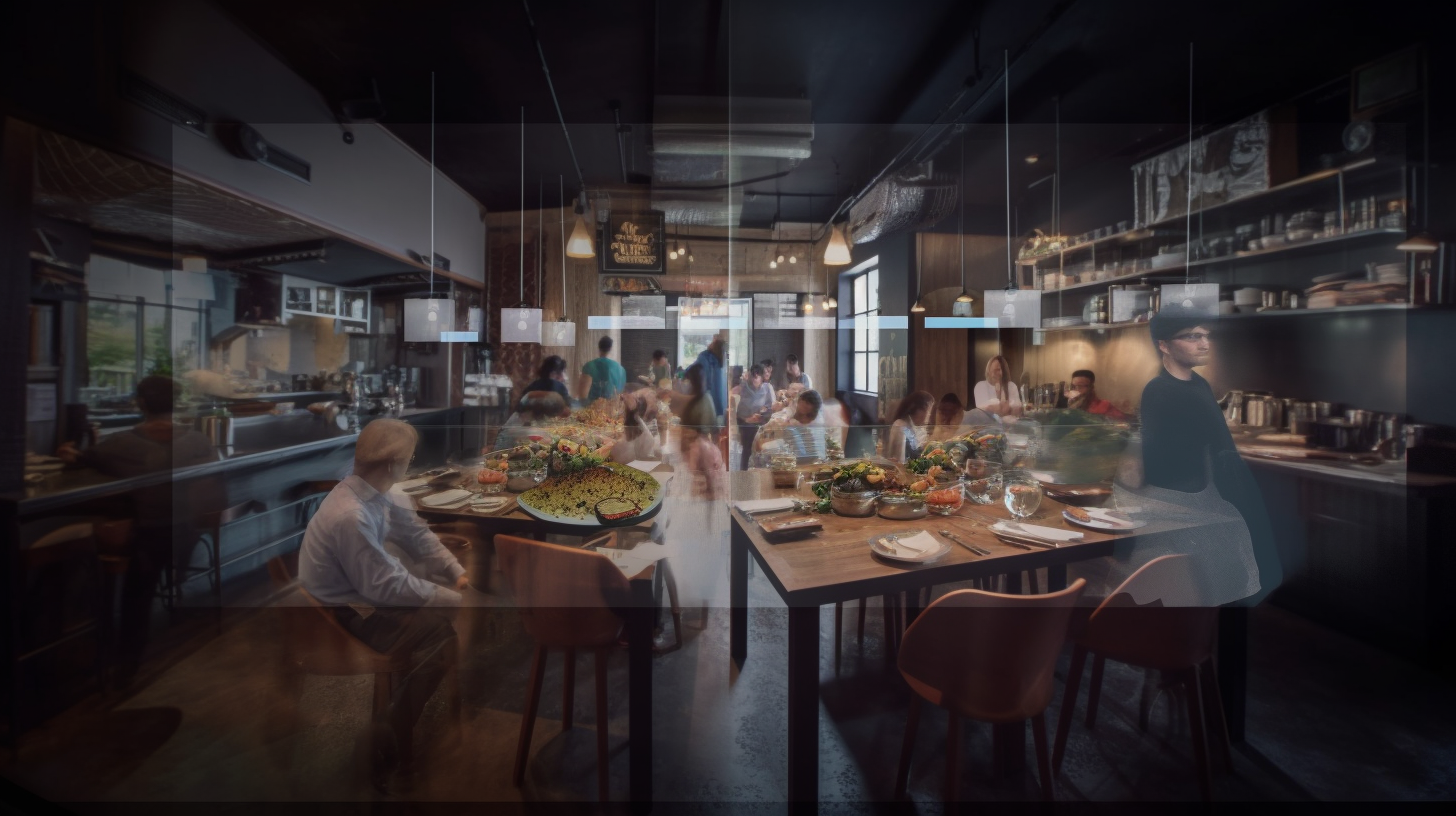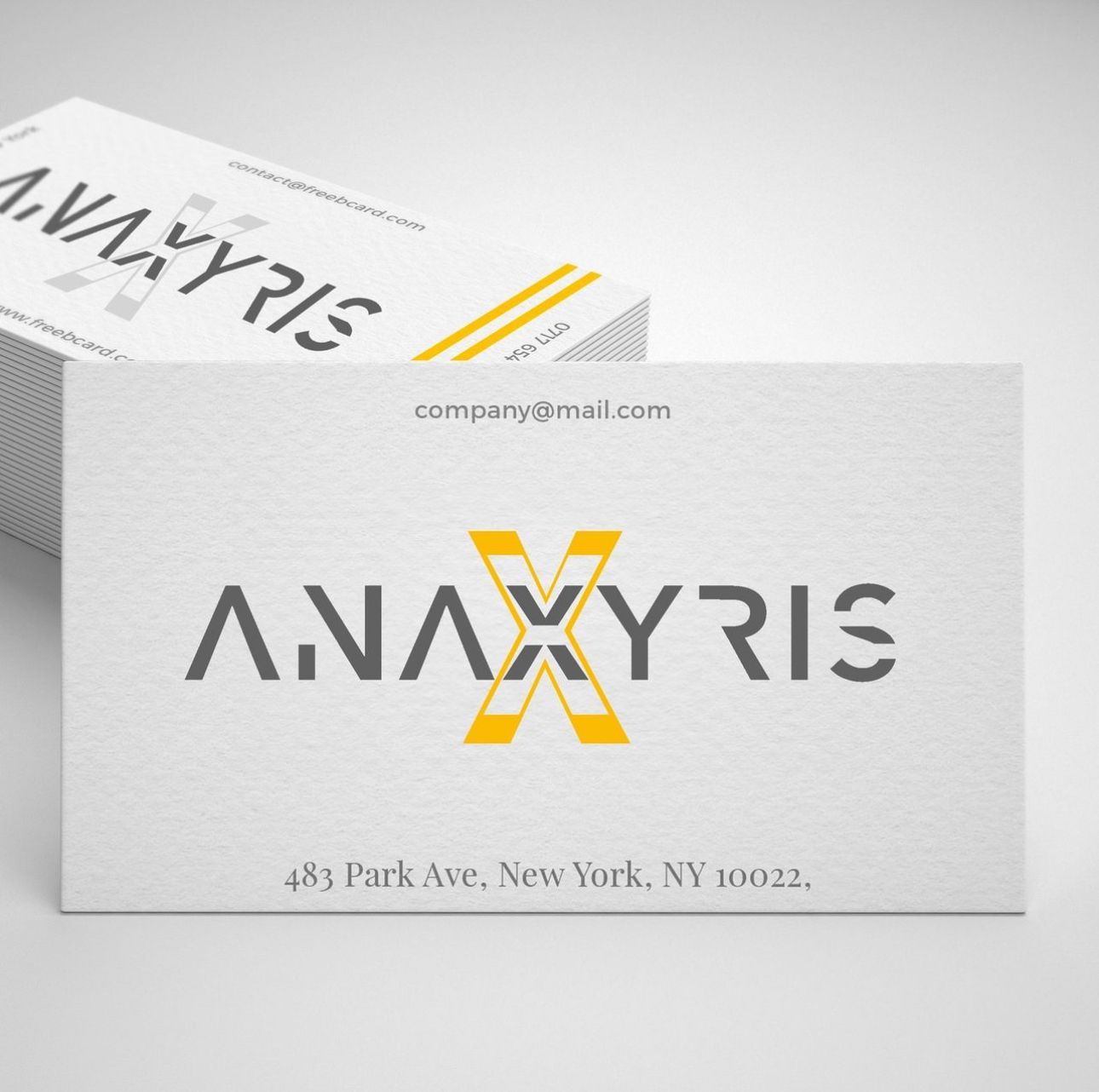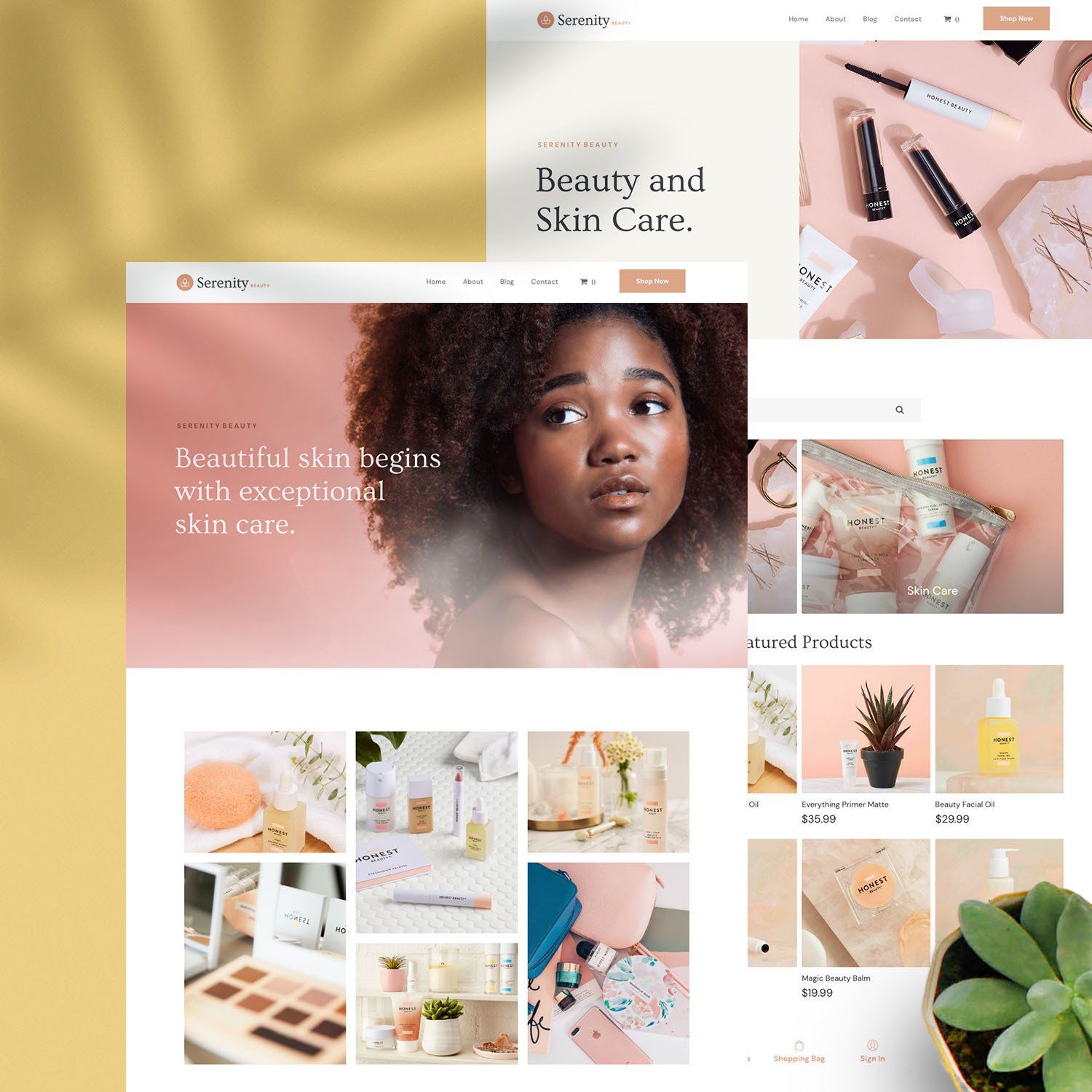Exploring the Evolution of Web Design Trends: Past, Present, and Future
A Journey Through the Changing Landscape of Web Design

Welcome to our captivating exploration of the evolution of web design trends. In this comprehensive article, we will delve into the rich history of web design, from its humble beginnings to the sophisticated designs of today. Additionally, we will offer insightful predictions about the future trends that will undoubtedly shape the ever-evolving world of web design.
The Early Days of Web Design
In the early days of the internet, web design was primarily focused on functionality and information delivery. Websites were simple and relied heavily on HTML, featuring plain text, basic graphics, and minimal interactivity. With limited bandwidth and technological constraints, designers had to prioritize usability over aesthetics.
The Rise of Visual Design
As technology advanced and internet usage became more widespread, web designers started to explore the creative possibilities of visual design. Websites began to incorporate more appealing layouts, captivating color schemes, and imagery to enhance user experiences. Designers realized the importance of making websites visually appealing while maintaining usability.
The Age of User Experience
With the advent of user-centered design, web designers shifted their focus towards creating exceptional user experiences. They began incorporating usability testing, intuitive navigation, and accessibility considerations into their design processes. This shift marked a significant turning point where the needs and preferences of users took center stage.
The Era of Mobile and Responsive Design
The rapid rise of mobile devices and the prevalence of various screen sizes led to the emergence of responsive design. Web designers faced the challenge of optimizing websites for seamless experiences across different devices. Mobile-first design principles emerged, requiring designers to prioritize mobile users and create adaptable designs that respond to the user's screen size and resolution.
Embracing Modern Trends
In recent years, web design trends have evolved to embrace modern concepts and techniques. The focus has shifted towards minimalism, emphasizing clean layouts, ample white space, and streamlined user interfaces. Designers are also exploring innovative typography, bold colors, and engaging animations to create unique and memorable online experiences.
Future Predictions for Web Design
Looking ahead, several exciting trends are expected to shape the future of web design. Artificial intelligence (AI) and machine learning will play a significant role in creating personalized user experiences. Chatbots and virtual assistants will become more sophisticated, providing users with intuitive and interactive interfaces. Additionally, immersive technologies such as augmented reality (AR) and virtual reality (VR) will revolutionize the way users interact with websites, offering engaging and immersive experiences.
Conclusion:
In conclusion, the evolution of web design trends has been a captivating journey influenced by technological advancements and changing user expectations. From the early days of simple HTML websites to the modern era of responsive design and innovative aesthetics, web designers have continuously adapted to deliver exceptional user experiences.
As we look to the future, it is crucial for designers to stay informed about emerging technologies and evolving user preferences. By embracing new trends and incorporating them into their design processes, web designers can create remarkable websites that captivate audiences and provide seamless user experiences.
Join us on this exhilarating journey of web design evolution, and let's explore the endless possibilities that lie ahead in the ever-changing world of web design.


















